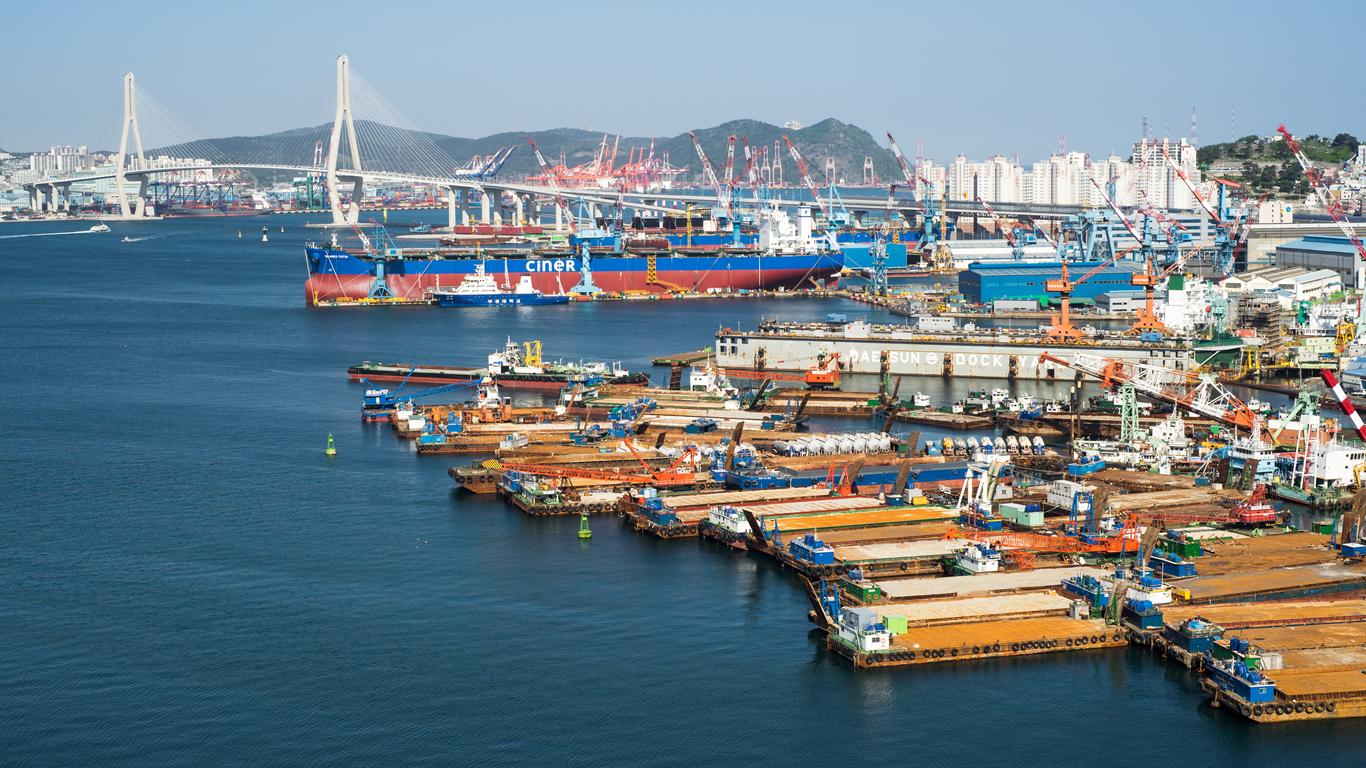Located in the south-east of the Korean Peninsula, in the coastal city of Busan, the Port of Busan is an important transport destination of the country, acting as the largest port in South Korea. It is so large that the port is officially recorded as its own province and metropolitan city, home to more than 3.5 million people. The Port of Busan is at the mouth of the Nakdong River and faces the Tsushima Islands of Japan, and continues to act today as a trade location and tourist destination.
Visitors to the Port of Busan can easily access the mainland by a drawbridge which connects the city to the harbour. However, there are many attractions in the port itself, which offers fishing activities and unique industrial coastal views. The port is a popular destination for cruise ships, and visitors often come to the area to witness the long beaches and hot springs, in addition to the abundance of city life. It is an experience in itself to walk along the waterside and view the impressive, modern architecture of Busan, which is full of tall skyscrapers and developed industrial harbour sides. In the city, visitors can try the national cuisine of South Korea at any of the local restaurants, discover the shopping districts, or enjoy the nightlife of this important cultural centre.
The dominant mode of transport in the Port of Busan is, of course, boats and ferries, which connect to nearby Japanese ports and are often part of cruise and water tour services. Visitors can also access the area using the major national railway system, express buses, or through the Gimhae International Airport. Shuttle buses operate between the port and inner city destinations, or visitors can use the local metro system to navigate Busan and its surrounding area.
The Port of Busan was a strong trading point by the 15th century, although historians believe important chiefs occupied the area during the time of the Three Kingdoms of Korea between the 2nd and 4th Centuries. With strong trading links with Japan, it became an important centre and continued to grow into the first international port in the country. During the Korean War, the Port of Busan was known as a capital of the new republic, establishing itself as a modernised and urban centre of South Korea.





